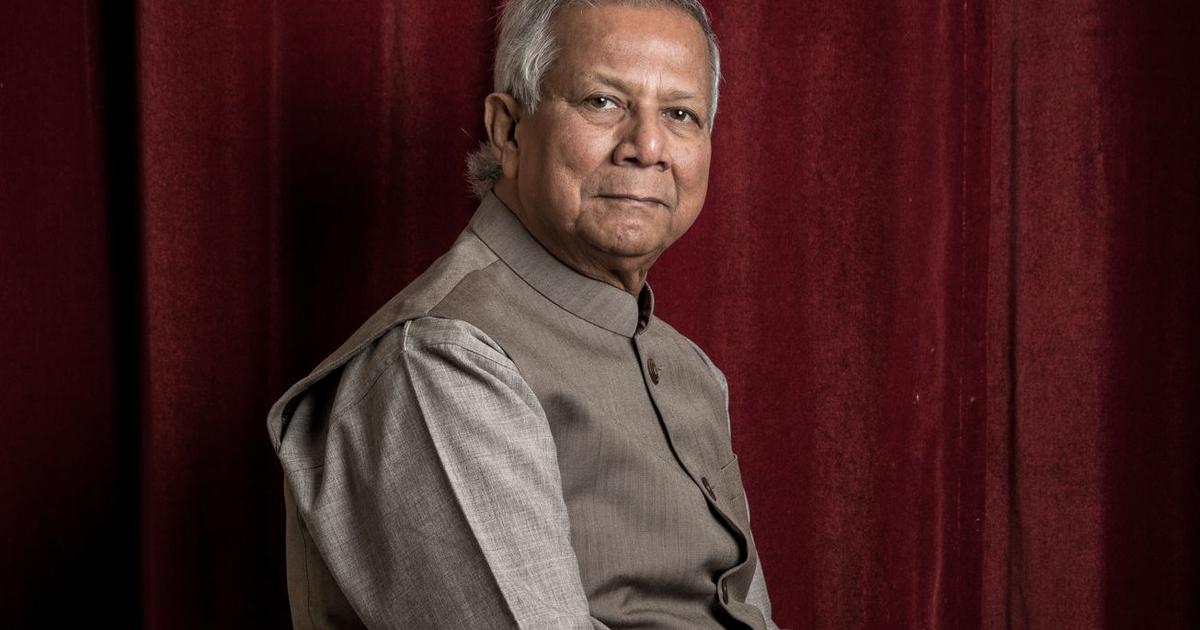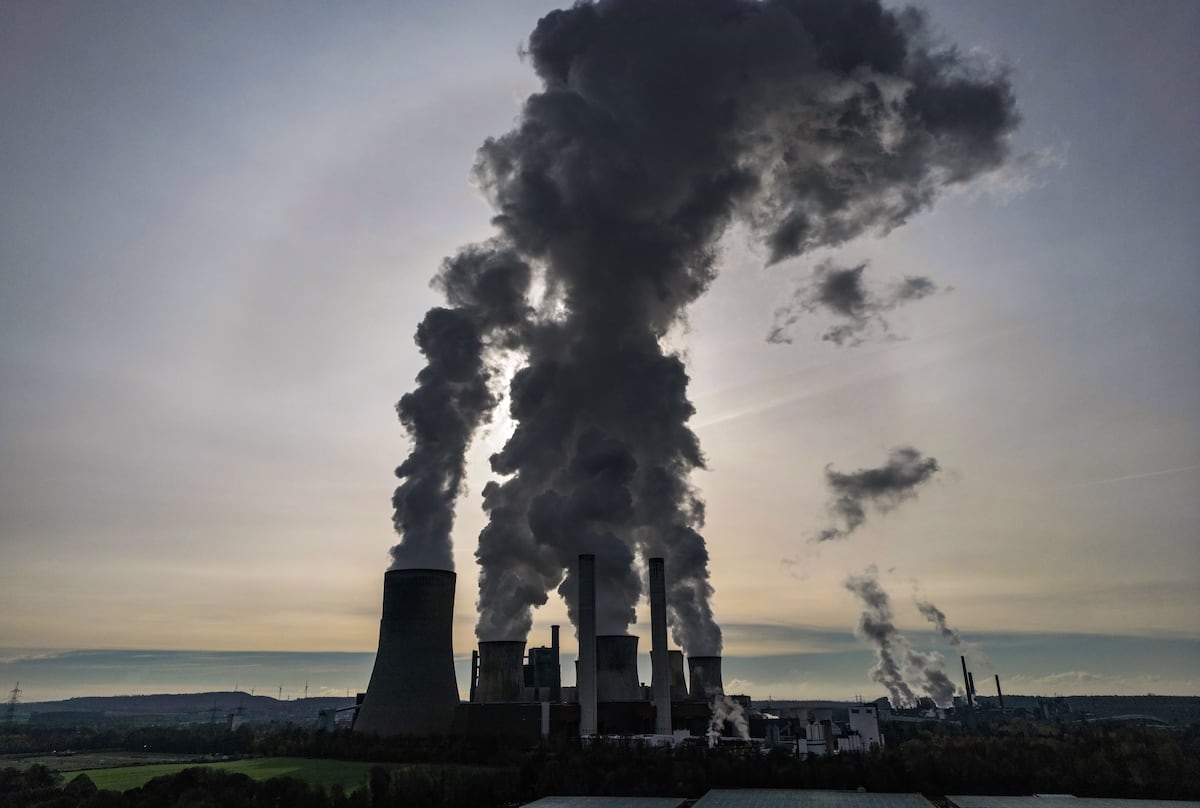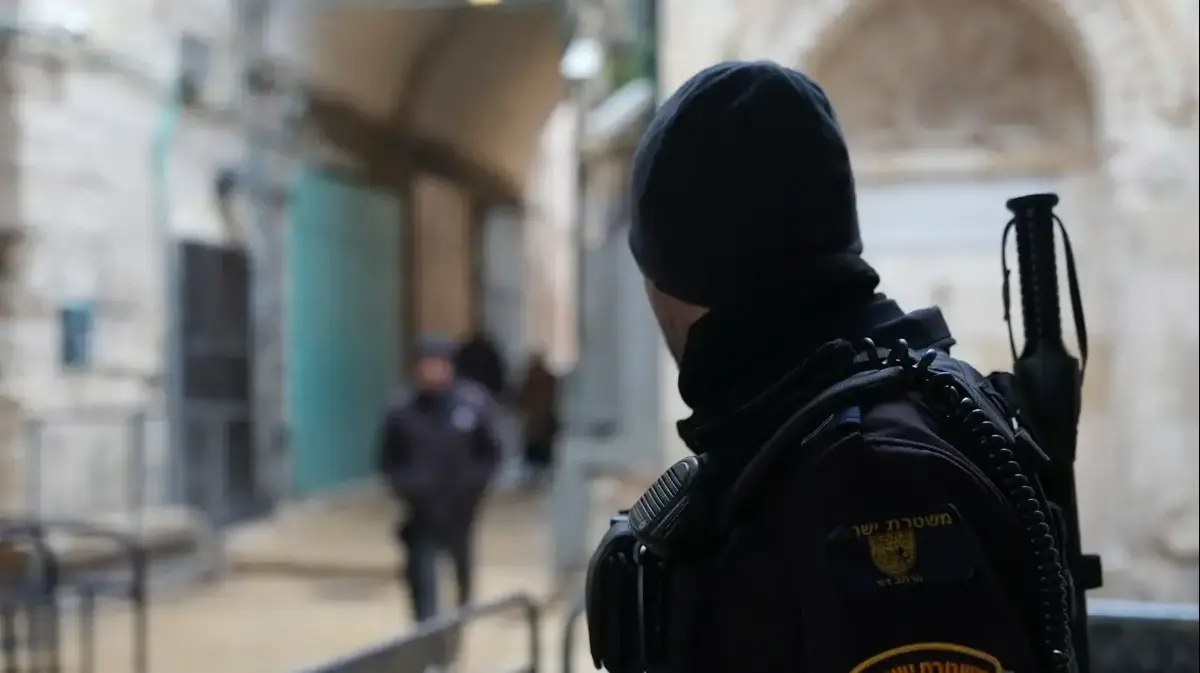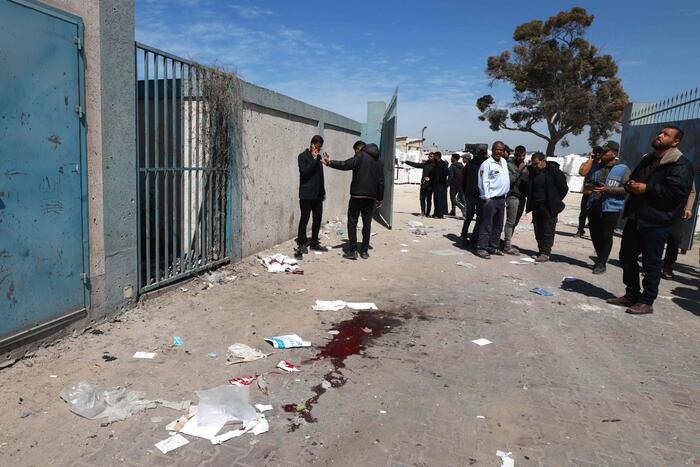How do you settle down permanently in a life that was once intended as an emergency solution?
How to find everyday life elsewhere if you have never voluntarily left your home behind?
Italian photographer Gabriele Cecconi has been searching for answers for more than five years in Kutupalong camp in Bangladesh, where hundreds of thousands of Rohingya have found refuge after being forced out of Myanmar.
Cecconi has been visiting Kutupalong since March 2018. A refugee settlement that has grown together from several camps, between 600,000 and one million people live there.
It is one of the largest refugee settlements in the world.
Kutupalong is home to the Rohingya, a Muslim minority who were brutally expelled from their homeland of Myanmar, a majority Buddhist country, in 2017.
The military in Myanmar had killed villagers and raped women.
The soldiers involved later testified that the aim was to "wipe out" the Muslim minority.
Such testimonies are collected at the International Criminal Court in The Hague.
The atrocities committed against the Rohingya are to be dealt with in a long-awaited genocide trial.
The United Nations classified the acts of violence against the Rohingya as "ongoing genocide".
The settlements around the formerly small fishing village of Cox's Bazar in Bangladesh became a new home for the displaced people.
But for time.
As a transition until life in the homeland of Myanmar seemed safe again.
That's what most refugees would have thought at first, says photographer Cecconi.
However, many would have given up on this goal in the meantime: Shelters made of canvas have become permanent residences.
Almost a million people who populate a huge piece of land from one day to the next: That also leaves traces in the ecosystem.
Photographer Cecconi says the refugees built their huts using wood from the nearby forest, initially collecting more than 7,000 tons of wood each month, according to a UN report.
"The forest was cut down at an incredible rate." The people also fetched firewood for the stoves from the forest.
This had consequences in the rainy season: the lack of trees often caused landslides, entire areas of the camp collapsed, people died, settlements and playgrounds were destroyed.
There was no functioning infrastructure for a long time: there was no fresh water.
Residents dug latrines into the earth, which mixed with clean water underground.
Which led to cholera and other intestinal and skin diseases.
There was no system for garbage.
"The smell over the camp was bad," Cecconi recalls.
"Many also died of respiratory diseases, the hygienic conditions were a disaster."
Where suddenly a million more people than before eat, go to the toilet, produce waste, cook, heat, wash themselves - live: Of course, this has a massive impact on the local environment.
But the refugees have understood in recent years that they cannot cut down the forest completely, but rather urgently need it in order to keep their survival on site bearable in the long term.
As protection against flooding and erosion.
"Many have planted trees in front of their huts and houses," says Cecconi.
Overall, Kutupalong's face has changed.
Housing settlements have emerged from hastily assembled huts.
In many cases, good roads and paths lead through the camp.
It is sprayed regularly to prevent mosquitoes - although many people continue to contract dengue fever, which is spread by mosquitoes.
There are food markets and better access to clean drinking water, only in the dry season does water often become scarce.
"And yet: Nothing is good for the Rohingya"
"It now seems like a big city to me, a city of millions," says the photographer.
"With hairdressers, tea houses, shops." Many international organizations work on site and try to improve the situation of the Rohingya, their work is fruitful.
There are jobs for the refugees, a separate economic cycle has formed.
Large-scale reforestation projects have made barren settlements more livable, with trees providing shade everywhere.
Men have built bamboo perches to look out for elephants, which can cause significant damage to the camp.
But Cecconi also says: »Perhaps a lot is better.
And yet, nothing is good for the Rohingya.”
There is a lack of schools and consistent education for the children.
Human rights activists warn of a “lost generation”.
According to the Norwegian Refugee Council, many young Rohingya are in debt and unable to find jobs or prospects.
Many suffer from stress and anxiety disorders.
The Rohingya have no identity documents in Bangladesh.
There are reports of human rights violations in the camps and poor medical care.
There is not enough food for everyone.
It is unclear whether the camps will continue to be tolerated by the Bangladeshi government.
Again and again there are resettlement attempts, partly on islands at risk of flooding.
Above all, what the Rohingya families long for - to return home, to Myanmar, to the state of Rakhine, where most of them come from, still seems unattainable.
“The Rohingya find a way to survive, they persevere.
I'm sure of that,« says Gabriele Cecconi.
Only: How well can a person really cope if he or she misses home in the long run?
Has no opportunity to process trauma and experiences of violence?
This contribution is part of the Global Society project
Expand areaWhat is the Global Society project?
Under the title »Global Society«, reporters from
Asia, Africa, Latin America and Europe
report on injustices in a globalized world, socio-political challenges and sustainable development.
The reports, analyses, photo series, videos and podcasts appear in a separate section in the foreign section of SPIEGEL.
The project is long-term and is supported by the Bill & Melinda Gates Foundation (BMGF).
A detailed FAQ with questions and answers about the project can be found here.
AreaWhat does the funding look like in concrete terms?open
The Bill & Melinda Gates Foundation (BMGF) has been supporting the project since 2019 for an initial period of three years with a total of around 2.3 million euros - around 760,000 euros per year.
In 2021, the project was extended by almost three and a half years until spring 2025 under the same conditions.
AreaIs the journalistic content independent of the foundation?open
Yes.
The editorial content is created without the influence of the Gates Foundation.
AreaDo other media also have similar projects?open
Yes.
Major European media outlets such as The Guardian and El País have set up similar sections on their news sites with Global Development and Planeta Futuro, respectively, with the support of the Gates Foundation.
Did SPIEGEL already have similar projects? open
In recent years, DER SPIEGEL has already implemented two projects with the European Journalism Center (EJC) and the support of the Bill & Melinda Gates Foundation: the "Expedition ÜberMorgen" on global sustainability goals and the journalistic refugee project "The New Arrivals", within the framework of which several award-winning multimedia reports on the topics of migration and flight have been created.
Expand areaWhere can I find all publications on the Global Society?
The pieces can be found at SPIEGEL on the Global Society topic page.



/cloudfront-eu-central-1.images.arcpublishing.com/prisa/CGFTGEUQ7JAZZCGZUQ2IC4MSUQ.JPG)





